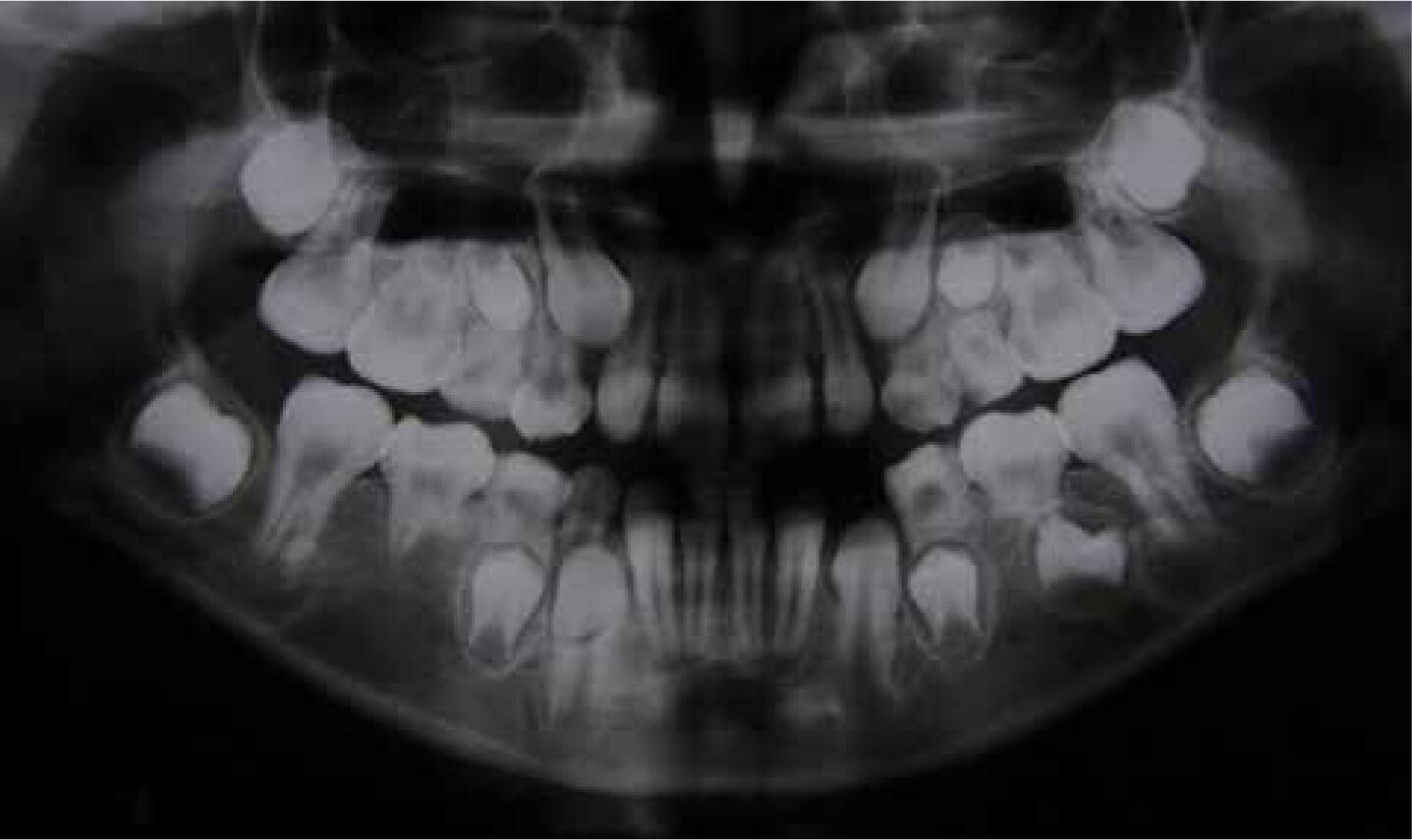
What is Patellofemoral Pain Syndrome (PFPS)? It's a condition causing pain in the front of the knee, especially around or behind the kneecap. Often called "runner's knee," PFPS is common among athletes and active individuals. Symptoms include a dull ache or sharp pain, worsened by activities like running, squatting, or climbing stairs. Women are twice as likely to develop PFPS compared to men. Causes range from overuse and poor biomechanics to muscle imbalances and inadequate footwear. Understanding PFPS helps in managing and preventing it, ensuring a healthier, pain-free lifestyle. Ready to learn more? Let's dive into 50 essential facts about PFPS!
Key Takeaways:
- Patellofemoral Pain Syndrome, or runner's knee, causes front knee pain. It affects all ages but is more common in women and athletes due to factors like muscle imbalances and poor footwear.
- Managing PFPS involves lifestyle changes, exercise, and proper footwear. Patient education, gradual return to activity, and an interprofessional team approach are crucial for effective treatment and prevention.
Understanding Patellofemoral Pain Syndrome
Patellofemoral Pain Syndrome (PFPS), often called runner's knee, is a common knee condition. It causes pain around or behind the kneecap, affecting many people, especially athletes. Let's dive into some key facts about PFPS.
-
Definition: PFPS involves pain in the front of the knee, specifically around or behind the patella. It's often called runner's knee due to its prevalence among runners and athletes.
-
Symptoms: The main symptom is pain in the front of the knee. This pain can range from a mild ache to a sharp, stabbing sensation, especially during activities like running or squatting.
-
Location of Pain: Pain is usually felt around or behind the patella. It can also be experienced in the popliteal fossa, the area at the back of the knee.
Who Gets Patellofemoral Pain Syndrome?
PFPS doesn't discriminate by age but is more common in certain groups. Understanding who is at risk can help in prevention and early treatment.
-
Incidence: PFPS is one of the most common knee complaints and the most common overuse injury affecting the leg. About a quarter of all adults and a third of adolescents may experience symptoms at some stage.
-
Gender Distribution: Women are twice as likely as men to develop PFPS. This disparity is due to factors like muscle strength differences, biomechanics, and hormonal influences.
-
Age Group Affected: PFPS can affect all age groups but is most prevalent among adolescents and young adults. The condition can persist into older age if not properly managed.
Causes and Contributing Factors
PFPS often results from a combination of factors. Knowing these can help in managing and preventing the condition.
-
Causes: PFPS typically occurs without a knee injury but can result from one. It often involves overuse, poor biomechanics, muscle imbalances, and inadequate footwear.
-
Biomechanical Factors: Biomechanical factors like patellar maltracking, where the patella doesn't track properly in the femoral groove, and muscle imbalances, especially in the quadriceps and hamstrings, play a significant role.
-
Muscle Imbalances: Weakness in the quadriceps muscles, particularly the vastus medialis oblique (VMO), can lead to poor tracking of the patella and increased stress on the patellofemoral joint.
-
Footwear: Poorly fitting or supportive footwear can contribute to PFPS. High-heeled shoes, for example, can alter lower limb biomechanics and increase knee joint stress.
Activity and Lifestyle Factors
Certain activities and lifestyle choices can exacerbate PFPS. Understanding these can help in managing symptoms.
-
Activity Level: Increasing activity levels too quickly can overload the patellofemoral joint and worsen symptoms. Gradual increases in exercise intensity are recommended.
-
Exercise Program: Regular exercise that strengthens the thigh and calf muscles can help alleviate PFPS symptoms. Exercises like squats, lunges, and leg press are effective.
-
Flexibility: Good flexibility in the thigh and calf muscles is crucial. Regular stretching exercises can improve flexibility and reduce muscle imbalances.
-
Weight Management: Maintaining a healthy weight can help reduce PFPS symptoms. Excess weight increases stress on the knee joint, exacerbating pain.
-
Sitting Prolonged Periods: Prolonged sitting can worsen PFPS symptoms. Regular breaks to stand and move around are recommended, especially for those with desk jobs.
-
Squatting and Stairs: Activities like squatting and climbing stairs can exacerbate PFPS symptoms. These activities involve loading a flexed knee, increasing pain.
-
Running: Running can contribute to PFPS. Poor running technique, inadequate footwear, and overuse are common factors.
-
Clicking or Grinding Noise: Some with PFPS may hear a clicking or grinding noise when bending or straightening the knee. This noise isn't a cause for concern and doesn't indicate knee joint damage.
Diagnosing Patellofemoral Pain Syndrome
Proper diagnosis is crucial for effective treatment. Here are some key points about diagnosing PFPS.
-
Differential Diagnosis: Conditions like chondromalacia patellae and patellar tendinopathy need to be ruled out. These conditions involve different mechanisms and require different treatments.
-
Pathophysiology: PFPS involves a combination of factors like overuse, poor biomechanics, muscle imbalances, and inadequate footwear. It often results in inflammation and degeneration of the cartilage in the patellofemoral joint.
-
Clinical Signs: Clinical signs include pain on muscle contraction, squatting, and palpation. A positive diagnosis is often made when two or more of these symptoms are present.
-
Objective Examination: This involves observing the patella position, femoral position, muscle bulk, and presence of effusion or Hoffa's fat pad oedema. Hypermobility in the tibiofemoral and patellofemoral joints is also assessed.
-
ROM and Stance: Range of motion (ROM) and single stance are important. Loss of extension and excessive use of the vastus lateralis (VL) muscle are common findings.
Muscle Function and Assessment
Assessing muscle function and length is vital in understanding and treating PFPS.
-
VMO Function: The VMO muscle stabilizes the patella. Poor VMO function can lead to patellar maltracking and increased stress on the patellofemoral joint.
-
Gluteal Function: Gluteal muscles, especially the gluteus maximus and medius, act as hip abductors and external rotators. Weakness in these muscles can contribute to poor patella tracking.
-
Muscle Length: Tightness in the hip flexors, quadriceps, and adductor muscles can lead to poor patella tracking and increased stress on the joint.
-
Stair Assessment: This involves observing knee use while climbing stairs and whether pain can be altered by correcting the patella, femoral, or foot position.
-
Gait and Running: Observing gait and running patterns can provide valuable information. Look for early heel rise, pelvic and femoral control, scissoring, stride length, and trunk flexion.
Treatment Options
PFPS treatment ranges from conservative management to physical therapy and, in rare cases, surgery.
-
Treatment Options: These include conservative management, physical therapy, and sometimes surgical intervention. Conservative management involves modifying activity levels, using supportive footwear, and regular exercise.
-
Conservative Management: This is the first line of treatment. It involves modifying activity levels, using supportive footwear, and regular exercise to strengthen the thigh and calf muscles.
-
Physical Therapy: Physical therapy is crucial. It involves exercises to strengthen the thigh and calf muscles, improve flexibility, and correct biomechanical abnormalities.
-
Exercise Therapies: These are most effective in improving short- and long-term pain. A combination of strengthening exercises, flexibility exercises, and proprioception training helps alleviate symptoms.
-
Nonsteroidal Anti-Inflammatory Drugs (NSAIDs): Short courses of NSAIDs can improve pain compared to placebo, but the effect may be limited to one week. NSAIDs are often used with other treatments to manage acute pain.
-
Patellar Kinesiotaping: This can improve patellar maltracking and reduce short-term pain as an adjunct to exercise. It involves applying tape to the patella for additional support and stability.
-
Surgical Intervention: Surgery is rarely required. However, in cases where conservative management and physical therapy fail, options like arthroscopy or realignment procedures may be considered.
Rehabilitation and Prevention
Proper rehabilitation and prevention strategies are essential for managing PFPS and preventing recurrence.
-
Rehabilitation Protocol: A proper protocol involves a gradual return to activity, focusing on strengthening the thigh and calf muscles, improving flexibility, and correcting biomechanical abnormalities.
-
Interprofessional Team: Managing PFPS often requires an interprofessional team approach. Collaboration between healthcare providers, physical therapists, and other specialists provides comprehensive care.
-
Patient Education: Educating patients about PFPS, its causes, and treatment options helps them take an active role in recovery and prevent future episodes.
-
Lifestyle Changes: These include modifying activity levels, using supportive footwear, maintaining good flexibility and strength, and managing weight to reduce knee joint stress.
-
Prognosis: The prognosis varies depending on severity and treatment effectiveness. With proper management, most patients see significant improvement within 12 weeks. Some cases may persist for years if not adequately addressed.
-
Recurrence: PFPS tends to recur in about 40% of cases after 2 years. Maintaining a regular exercise program, modifying activity levels, and using supportive footwear helps prevent future episodes.
Special Considerations
Certain groups and activities require special consideration when managing PFPS.
-
Incidence in Adolescents: The incidence is higher in adolescents, especially female athletes. Rapid growth and development of the lower limb during adolescence can lead to biomechanical abnormalities and increased knee joint stress.
-
Sport-Specific Injuries: Injuries from running or jumping can contribute to PFPS. Poor running technique, inadequate footwear, and overuse are common factors.
-
Chronic Condition: PFPS is a chronic condition that worsens with activities like squatting, sitting, climbing stairs, and running. Regular exercise and lifestyle modifications are essential for managing the condition.
Evidence-Based Practice and Clinical Recommendations
Following evidence-based practices and clinical recommendations ensures effective management of PFPS.
-
Multifactorial Etiology: PFPS involves a combination of factors like overuse, poor biomechanics, muscle imbalances, and inadequate footwear. Understanding these factors is crucial for effective treatment.
-
Clinical Recommendations: Recommendations include exercise therapies, short courses of NSAIDs, and patellar kinesiotaping. These interventions help improve short- and long-term pain.
-
Evidence-Based Practice: Studies show that exercise therapies are most effective in improving pain. Other interventions, like NSAIDs and patellar kinesiotaping, also have supporting evidence.
-
Patient Referral: If symptoms persist despite conservative management and physical therapy, referral to a physiotherapist or other specialist may be beneficial. Early intervention helps prevent chronicity and improve outcomes.
-
Printable Resources: Printable resources, like self-referral forms and patient education materials, can be accessed online. These provide valuable information for patients and healthcare providers.
-
Conclusion: PFPS is a common knee condition. Understanding its definition, symptoms, causes, diagnosis, and treatment options is crucial for effective management. By adopting lifestyle changes, engaging in regular exercise programs, and using supportive footwear, individuals can reduce the risk of developing PFPS and improve their quality of life.
Final Thoughts on Patellofemoral Pain Syndrome
Patellofemoral Pain Syndrome, often called runner's knee, is a common issue that affects many people, especially athletes. Understanding its symptoms, causes, and treatment options can make a big difference in managing the condition. Key factors include muscle imbalances, poor biomechanics, and inadequate footwear. Effective management involves a mix of conservative treatments like physical therapy, exercise, and sometimes NSAIDs. Strengthening the thigh and calf muscles, improving flexibility, and using supportive footwear are crucial steps. Early intervention and a comprehensive approach can significantly improve outcomes. Remember, maintaining a healthy weight and gradually increasing activity levels can help prevent PFPS. By staying informed and proactive, individuals can reduce pain and improve their quality of life.
Frequently Asked Questions
Was this page helpful?
Our commitment to delivering trustworthy and engaging content is at the heart of what we do. Each fact on our site is contributed by real users like you, bringing a wealth of diverse insights and information. To ensure the highest standards of accuracy and reliability, our dedicated editors meticulously review each submission. This process guarantees that the facts we share are not only fascinating but also credible. Trust in our commitment to quality and authenticity as you explore and learn with us.


